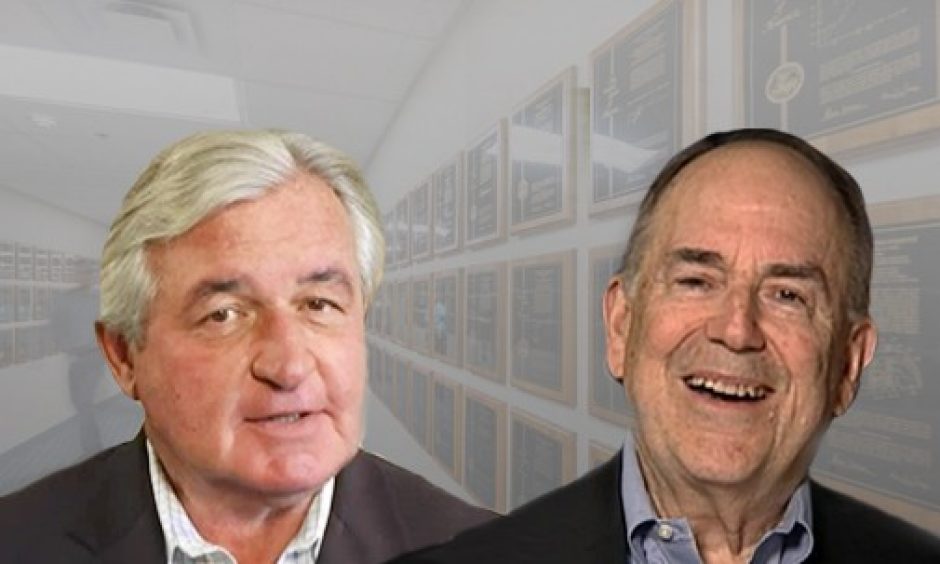Our History
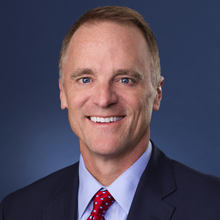
Mike Mahoney
Mike Mahoney became President and Chief Executive Officer on November 1, 2012.
Mahoney is one of the most inspiring leaders in the medical technology industry, having established a 24-year track record building market leading global businesses in medical devices, capital equipment, and healthcare IT service at best-in-class companies.
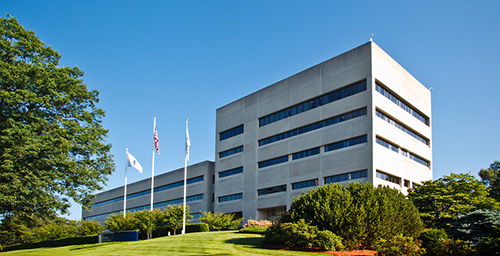
Boston Scientific's headquarters since 1995 in Natick, Massachusetts
A steadfast focus on innovation, market expansion and organizational efficiency makes this a pivotal time in the evolution of Boston Scientific.
We are focused on products that fulfill unmet physician or patient needs, have growth potential supported by demographic or disease-prevalence trends, and align well with our technology strengths and markets we serve.
We launched:
- PromusTM Element drug-eluting coronary stent system, which was internally-developed and is self-manufactured
- S-ICDTM System, the world's first and only commercially available subcutaneous implantable defibrillator
- AlairTM Bronchial Thermplasty System, the first and only device-based asthma treatment
- Precision® Plus Spinal Cord Stimulation System, the world's first rechargeable SCS device for the management of chronic pain of the trunk and/or limbs
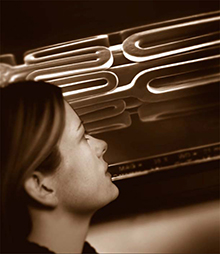
Boston Scientific scientist views the TAXUS® stent
The 2004 launch of the TAXUS® Express2™ paclitaxel-eluting coronary stent system in the United States was one of the largest and most successful product launches in industry history. It demonstrated Boston Scientific's continued leadership in innovation, clinical science, sales, operations, supply chain, and launch planning. The launch highlights the company's ability to not only produce industry-leading products but also build on those products.
As Boston Scientific continues to develop new products such as pulse generators and pain management systems, it is also refining its approach to innovation to ensure its products are targeted directly at patient and physician needs. Boston Scientific is also utilizing numerous partnerships to extend its innovation capabilities.
Boston Scientific employees celebrated the company's 25th anniversary in 2004.
Numerous strategic alliances and acquisitions complemented Boston Scientific's organic growth. Among them, the 2004 acquisition of Advanced Bionics provided entry into Neuromodulation. The transformative acquisition of Guidant in 2006 - the largest in company history - solidified Boston Scientific as a global leader in cardiovascular medicine and one of the world's largest medical device companies.
Boston Scientific went public through an IPO on May 19, 1992. Also during this time, growing U.S. health care systems were putting pressure on the small company. Boston Scientific responded by embarking on a "strategic mass" strategy -seeking targeted leadership in its specialties and market size, through acquisitions and strategic alliances.
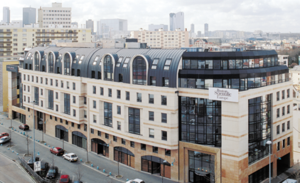
Boston Scientific's European headquarters in Paris, France ca. 1997
By 1997, Boston Scientific had acquired nine additional companies, posting $1.8 billion in revenue and 9,000 employees by the end of the year. The company asserted itself as a global force in coronary angioplasty and a leader in nonvascular therapy.
Acquisitions included SCIMED, which brought leadership in cardiology as well as international markets. Heart Technology, Inc., developer of the Rotoblader, a unique cardiology product that drilled into clogged arteries. Target Therapeutics was a pioneer in interventional neurology and neurosurgery. The acquisition of Schneider Worldwide in 1998 added important catheter and stent technologies to Boston Scientific's own work in the area.
The company also continued to strengthen its international presence during the decade. Developments included the construction of a new manufacturing facility in Galway, Ireland, and an increased global presence, including a concentration in emerging markets.
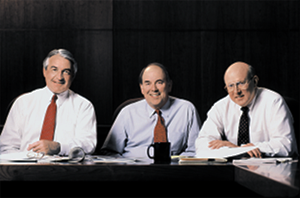
Pete Nicholas, John Abele and Jim Tobin, ca. 1999
The decade's final year also saw one of the biggest management milestones in the company's history-Pete Nicholas's retirement as President and CEO (he remained Chairman of the Board) and the appointment of James Tobin as the next President and CEO.
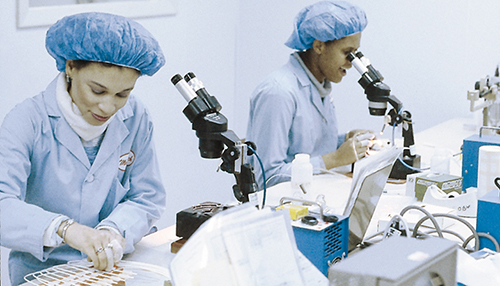
Early Boston Scientific clean room still under construction ca. 1980s
During Boston Scientific's inaugural decade, President and CEO Pete Nicholas focused on growth. In the early 1980s, Boston Scientific acquired Kimray Medical Associates (KMA), which, with products such as the thermal dilution catheter and cardiac output computers, helped establish Boston Scientific in the cardiology field.
In 1981, the company acquired Endo-Tech, its largest competitor in gastrointestinal and pulmonary endoscopic accessories. In 1988, Boston Scientific bought Van-Tech, which boosted the urology business with products like its pigtail ureteral stent.
Boston Scientific created the preeminent sales force in the industry, known as an "educational powerhouse."
In the early 1980s, Abele became a regular contributor to televised tutorials and in-person seminars on percutaneous transluminal angioplasty. His participation not only increased Boston Scientific's visibility. but also reaffirmed its traditional focus on education.
In 1985, Nicholas hired Jerry Lacey to advance Boston Scientific's international business, beginning with the creation of Boston Scientific International Corporation (BSIC). Over the next few years, BSIC founded subsidiaries in Germany, France and Japan, and built a key manufacturing facility in Jyllinge, Denmark.
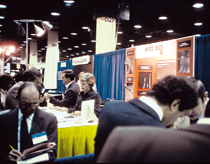
Endo-Tech trade show booth, ca. 1982
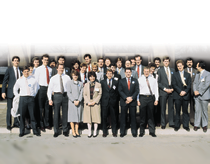
Medi-Tech Sales Force, 1987
1970s
The 1970s served as the foundation for many of the ideas and practices that eventually came to characterize Boston Scientific.
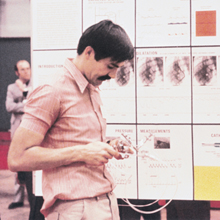
Andreas Gruentzig at a poster session of the American Heart Association holding a Medi-Tech steerable catheter, 1976
Medi-Tech introduced several new products in the early 1970s, each offering a unique contribution. The Zavala Lung Model, a life-size teaching tool for bronchoscopy and bronchial catheterization, was an early instance of physician education. The lung cytology brush, used to take lung tissue samples to detect cancer, was the first brush to eliminate contamination during the process, and became an industry standard.
John Abele met Andreas Gruentzig, who eventually pioneered the first percutaneous transluminal coronary angioplasty (PTCA) procedures to treat heart disease. In addition to guidance and insight, Abele gave Gruentzig two tangible pieces of assistance in his quest: Medi-Tech's two-lumen steerable catheters and an introduction to cardiologist Richard Myler, who had previously worked with Abele in developing the Arterial Wall Expanding Device (AWED). Myler became a champion of Gruentzig and assistant for AWED's first human use.
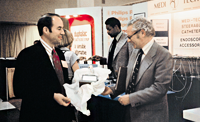
John Abele presenting an award to UK Medi-Tech dealer Albert Reddihough in honor of the first live, televised gallbladder surgery, ca. 1970.
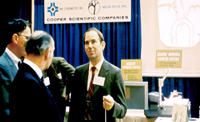
John Abele giving a presentation on the Selector Bronchial Catheter System, ca. 1970s
Founding Story
In 1978 John Abele and Pete Nicholas were both looking for solutions. Abele wanted an investor for Medi-Tech, a company he joined in 1969 that was pioneering the field of interventional medicine, who would see his vision-to create new markets for less-invasive medicine and spread the word about Medi-Tech's products. Nicholas wanted to build an enterprise. The result was Boston Scientific, founded on June 29, 1979, as a holding company to purchase Medi-Tech.
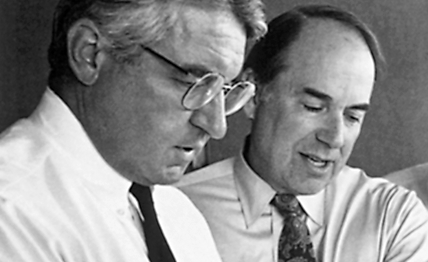
Pete Nicholas and John Abele, ca. 1980s
Abele and Nicholas founded Boston Scientific with a clear purpose-to benefit public health by bringing more accessible, lower-cost and lower-trauma medical options to patients, and to become a leader in all aspects of the industry. And they created a culture in which employees shared and believed in that purpose.
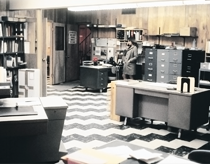
John Abele and Pete Nicholas's first office, ca. 1980
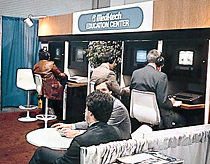
A Medi-Tech Education Center, ca. 1982
Innovations
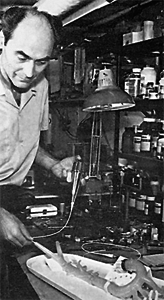
The founder of Medi-Tech, inventor Itzhak Bentov, in his lab, ca. 1970s
In 1978, Medi-Tech developed a peripheral angioplasty balloon using polyethylene. Within two years, Boston Scientific's peripheral polyethylene dilatation balloon was the industry standard. The company combined technology with physician input in developing its adult aortic valvuloplasty balloon, as well as the technique and patient selection criteria. Cited by the FDA as one of the nine most significant regulatory approvals of 1990, it was the company's first major cardiology product.
The company's hugely successful TAXUS® Express2™ paclitaxel-eluting coronary stent system-launched in the United States in 2004, highlights the company's ability to not only produce industry-leading products but also build on those products.
As Boston Scientific continues to develop new products such as pulse generators and pain management systems, it is also refining its approach to innovation to ensure its products are targeted directly at patient and physician needs. Boston Scientific is also utilizing numerous partnerships to extend its innovation capabilities.
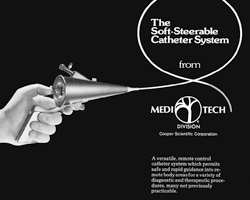
Medi-Tech Soft Steerable Catheter System ad, ca. 1970s
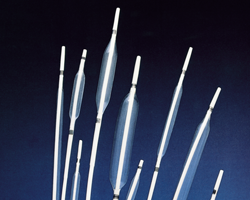
Polyethylene Balloons came in a variety of sizes that were customized for specific purposes, ca. 1980
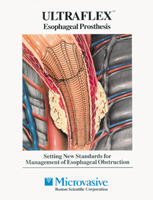
Ultraflex Esophageal Prosthesis brochure, ca. early 1990s















